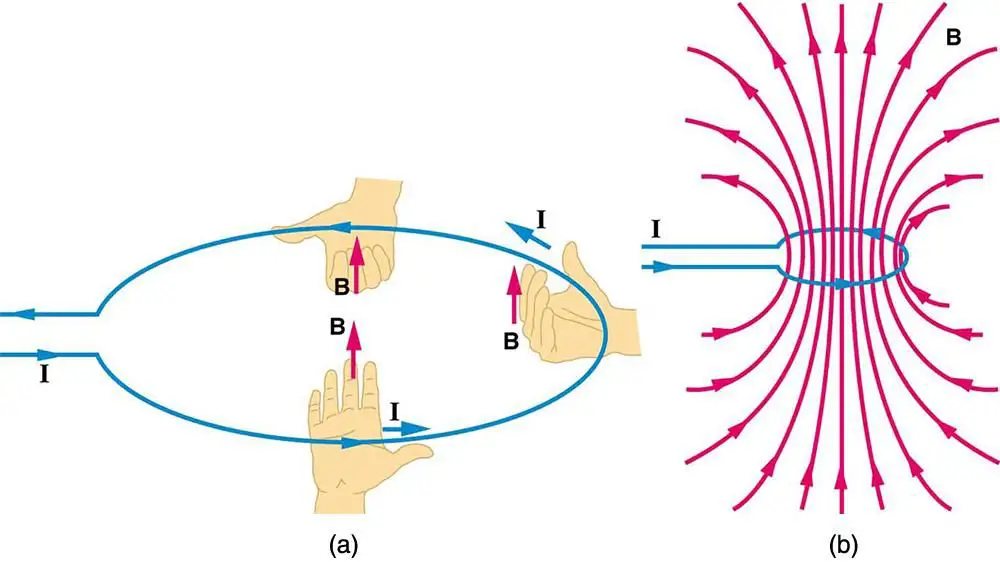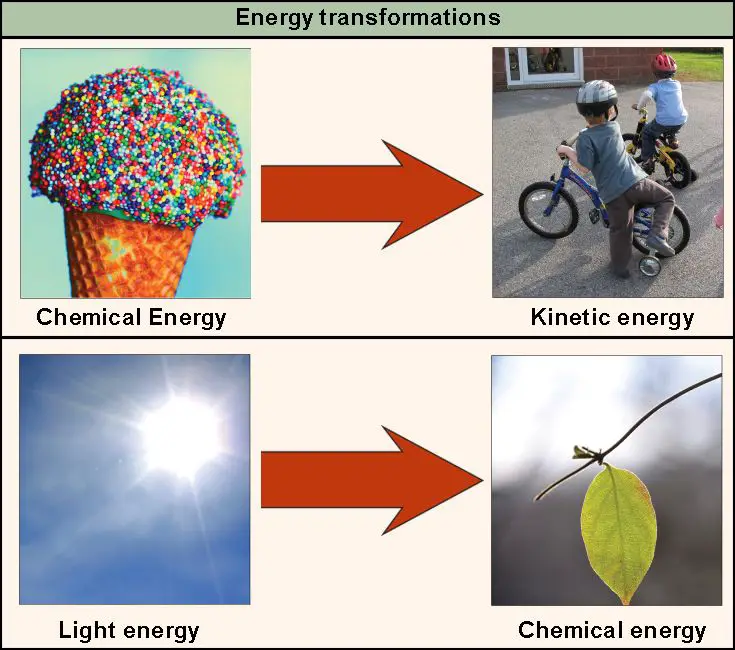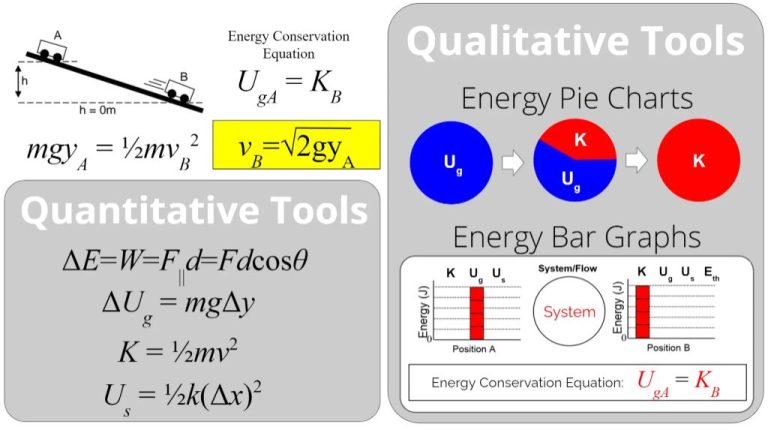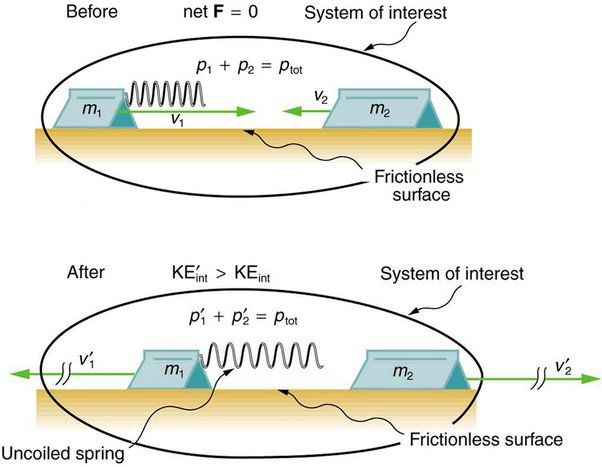Does Electricity Produce Magnetic Force?
Electricity and magnetism are fundamental forces of nature that have been studied extensively. Electricity refers to the set of physical phenomena associated with the presence and motion of matter that has a property of electric charge. Magnetism refers to physical phenomena arising from the force caused by magnets, objects that produce fields that attract or repel other objects.
While electricity and magnetism were once thought to be separate forces, pioneering work by Hans Christian Ørsted and others in the 19th century showed that electric currents produce magnetic fields. This discovery created the field of electromagnetism, showing that electricity and magnetism are inter-related phenomena.
In this article, we will provide an overview of electromagnetism, explaining how electric currents can create magnetism. We will look at various applications of electromagnetism, from motors and generators to electromagnetic waves like light. By the end, you will have a better understanding of the invisible relationship between electricity and magnetism that underlies much of modern technology.
Electric Currents Produce Magnetic Fields
One of the most monumental discoveries in physics was Danish physicist Hans Christian Oersted’s 1820 discovery that electric currents produce magnetic fields. Oersted found that when he placed a wire carrying an electric current near a magnetic compass, the needle of the compass deflected to be perpendicular to the wire. This showed for the first time that electricity and magnetism were related phenomena.
Oersted had stumbled upon the relationship between electricity and magnetism – namely, that moving charges or electric currents generate magnetic fields. Electric charges in motion produce circular magnetic field lines surrounding the current carrying wire. The direction of this magnetic field can be determined by the “right hand rule” – if you point the thumb of your right hand in the direction of the current, your fingers will curl in the direction of the magnetic field lines.
The strength of the magnetic field produced is proportional to the amount of current through the wire. So higher electric currents induce stronger magnetic fields, while lower currents create weaker fields. The orientation of the magnetic field lines is always perpendicular to the direction of the electric current responsible for generating the field. This fundamental relationship between electric currents and magnetism was a revolutionary discovery in physics.
Electromagnets
Electromagnets are magnets that are created by passing an electric current through a coil of wire wrapped around a magnetic material. When electric current passes through the wire coil, it generates a magnetic field that magnetizes the core temporarily. This makes the core behave like a magnet as long as the electric current flows through the coil. The strength of the magnetic field, and how strongly it magnetizes the core, depends on the amount of electric current flowing through the coil. More electric current makes a stronger magnetic field and a stronger electromagnet.
Electromagnets are very useful and have many practical applications. They are used in things like motors, generators, relays, lifting magnets, junkyard cranes, and magnetic resonance imaging machines. The ability to turn the magnet on and off by controlling the electric current allows electromagnets to effectively attach and detach from magnetic metals. This makes them ideal for lifting heavy objects in industrial settings.
One of the main benefits of electromagnets compared to permanent magnets is that the magnetic field can be quickly changed by varying the amount of electric current. This allows for precise control and adjustment of the magnetic field strength. Electromagnets also tend to be stronger than comparable permanent magnets. However, they do require a continuous supply of electricity to maintain the magnetic field.
Motors and Generators
Motors and generators are devices that utilize the close relationship between electricity and magnetism to convert electrical energy into mechanical energy (in motors) or mechanical energy into electrical energy (in generators). This conversion relies on the interactions between magnetic fields and current carrying conductors.
In a simple DC motor, there are permanent magnets on the outside and an electric coil on a rotating armature inside. When current flows through the coil, it generates a magnetic field that interacts with the field from the permanent magnets. This causes the coil to rotate and spin the armature. Varying the direction of the current flow pushes and pulls on the coil to keep it spinning.
Generators work on the same principles in reverse. When the armature is spun mechanically, it moves the coil through the magnetic field, inducing a voltage across the coil. This generates an electric current without any external power source. The faster it spins, the higher the voltage it produces.
By harnessing electromagnetism, motors and generators are able to readily interconvert electrical and mechanical power. This makes them indispensable components of many electrical and mechanical systems, enabling the transmission of power over long distances and the operation of myriad technologies.
Maxwell’s Equations
In the 1860s, Scottish physicist James Clerk Maxwell unified electricity, magnetism, and optics into a single theory through a set of four partial differential equations known as Maxwell’s equations. These revolutionary equations demonstrated that electric and magnetic fields travel through space as waves moving at the speed of light. Maxwell’s work showed that electromagnetic waves are light waves.
The four Maxwell’s equations mathematically link electricity and magnetism by relating the electric and magnetic fields to each other and to the electric charges and currents present. The equations describe how electric and magnetic fields are generated and altered by each other and by charges and currents. They are:
- Gauss’s law: Relates electric flux through a closed surface to the enclosed electric charge.
- Gauss’s law for magnetism: States that magnetic monopoles do not exist.
- Faraday’s law: Describes how a time varying magnetic field induces an electric field.
- Ampere’s law with Maxwell’s addition: Relates magnetic fields to electric currents and displacement currents.
Together, these four equations formed a complete theory of electromagnetism, demonstrating the intimate connection between electricity and magnetism mathematically.
Electromagnetic Induction
Electromagnetic induction refers to the process by which a magnetic field can generate an electric current in a conductor. This occurs when there is relative motion between the magnetic field and the conductor. According to Faraday’s law of induction, any change in the magnetic environment of a coil of wire will cause a voltage to be induced in the coil.

For example, if a bar magnet is moved relative to a coil of wire, the change in magnetic flux through the coil will induce a current. As the magnet approaches, the magnetic field strengthens, changing the flux and inducing a current in one direction. As it moves away, the field weakens, changing the flux and inducing current in the opposite direction. This is how generators work to produce electricity.
Rotating magnets or coils can continuously generate changing magnetic fields to induce currents. The same principle applies whether the coil is moved through a stationary magnetic field or vice versa. Faster motion causes faster flux changes and greater induced voltages.
Transformers also utilize electromagnetic induction. Alternating current in one coil generates a changing magnetic field, which induces a current in a second coil. This allows voltage to be stepped up or down between the coils. Overall, electromagnetic induction allows electricity to be generated from motion and transmitted between coils.
Electromagnetic Waves
Electromagnetic waves are waves that can travel through space transporting electromagnetic energy. They are created by the acceleration of charged particles. Some examples of electromagnetic waves are radio waves, microwaves, infrared radiation, visible light, ultraviolet radiation, x-rays and gamma rays.
Visible light that humans can see is part of the electromagnetic spectrum. Light waves have wavelengths from 380 to 700 nanometers. The wavelength determines the color of the light. Violet light has shorter wavelengths, while red light has longer wavelengths. When white light passes through a prism, it separates into the different colors of the rainbow because each wavelength bends slightly differently.
Light waves travel incredibly fast. In a vacuum, they can travel at a constant speed of about 300,000,000 meters per second. As light travels from one medium to another, its speed and wavelength change, but the frequency stays the same. This is why refraction occurs as light passes from air to water, for example. The different wavelengths of light get bent or refracted at slightly different angles.
Light acts like both a wave and a particle. The wave behavior explains phenomena like interference and diffraction, while the particle behavior explains why light travels in discrete packets of energy called photons. Some of the applications of electromagnetic waves like light include fiber optic communication, photography, spectroscopy, lasers, and holography.
Magnetism Without Electricity
While electricity and magnetism are closely intertwined, it is possible to have magnetism without any flow of electric current. This occurs through permanent magnets and certain magnetic materials.
Permanent magnets, like the ones used on refrigerators and in motors, generate their own persistent magnetic field. This is in contrast to electromagnets which only produce a magnetic field when electric current flows through them. Permanent magnets are made from materials like iron, nickel, and cobalt that have unique properties causing their atomic dipoles to align even without external influence. This alignment creates a stable internal magnetic field that does not dissipate over time.
Other materials exhibit different behaviors in response to magnetic fields. Ferromagnetic materials like iron become strongly magnetized in the presence of an external magnetic field, but lose their magnetism once the field is removed. Diamagnetic materials generate an induced magnetic field opposite to an applied field, causing them to be repelled by magnets. Understanding these magnetic properties allows us to engineer advanced applications like data storage devices, motors, and MRI machines.
So while electricity and magnetism are fundamentally linked, materials science gives us ways to take advantage of magnetic properties even in the absence of flowing electric currents.
Practical Applications
Electromagnetism has many useful applications in our everyday lives. Here are some of the most common ways we utilize electromagnetic forces:
Motors and Generators – Motors use electromagnetic forces to turn electrical energy into mechanical energy and motion. Generators work in reverse, turning motion into electrical energy. Almost all electric gadgets, appliances and vehicles contain motors and generators.
Transformers – Transformers use magnetic fields to increase or decrease voltages in alternating current circuits. This allows efficient, long-distance transmission of electricity.
Electromagnets – Electromagnets are used to pick up heavy metal objects like cars in scrapyards and lifting magnets. MRI machines also employ powerful electromagnets.
Speakers and Microphones – Speakers convert electrical signals into sound using electromagnetism. Microphones do the reverse.
Future Applications – Electromagnetic propulsion systems could revolutionize transportation. Maglev trains already leverage electromagnetic forces for frictionless high-speed rail. In the future, electromagnetism may enable flying cars, hyperloop transportation and more.
Conclusion
In conclusion, electricity and magnetism are intrinsically linked. Electric currents produce magnetic fields, while changing magnetic fields induce electric currents. This phenomenon is known as electromagnetism.
Some key points we covered:
- Electric currents generate circular magnetic fields around them. The direction of the magnetic field depends on the direction of the current flow.
- Wrapping a wire into a coil amplifies the magnetic field. Electromagnets use coils around iron cores to create strong magnetic fields.
- Electromagnetic induction allows generators to produce electricity from mechanical energy. Motors convert electricity into mechanical energy using magnetic fields.
- Maxwell’s equations describe how electric and magnetic fields are generated and altered by each other and by charges and currents.
- Oscillating electric currents produce electromagnetic waves, including light, radio waves, and X-rays.
Understanding electromagnetism led to tremendous technological advances like electric power, telecommunications, electronics, and more. The interaction between electricity and magnetism touches all aspects of modern life.
While electromagnetism describes how electricity generates magnetism, permanent magnets can create magnetic fields without any electric current. However, the intimate relationship between electricity and magnetism reveals fundamental insights into the nature of our universe.






